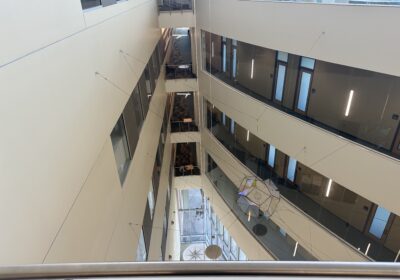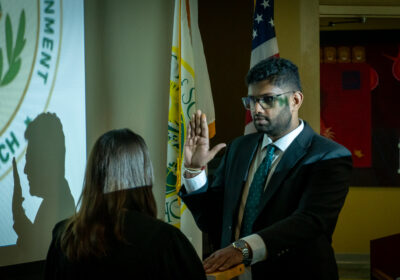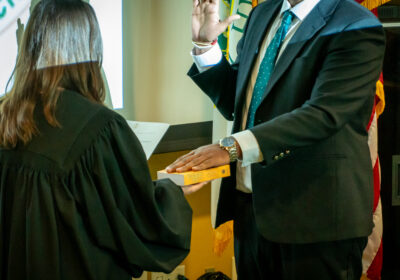Study raises questions on learning styles
Students may believe they have a specific learning method – be it auditory, visual or tactile – that allows them to obtain, retain and deliver information more effectively. However, a USF study suggests otherwise.
The scientific article, called “Learning Styles,” was cited on NPR’s Morning Edition this week and found no evidence to support the presumption that individuals are more apt to learn information when it is presented in a specific way.
Douglas Rohrer, a USF psychology professor, was one of four scientists involved in co-writing the 2009 article on the correlation of learning methods and cognitive performance.
Usually, teachers try to incorporate the most popular learning methods into their classrooms, Rohrer said. Teachers often tailor lessons to meet each student’s perceived aptitude, showing pictures, for example, to a visual learner, giving lectures to an auditory learner and involving movement with a tactile learner.
“Some educators argue that students should receive instruction that is tailored to their so-called learning style,” he said. “But my colleagues and I were unable to find supporting evidence from a randomized control trial.”
The clinical trial tested the efficiency of different learning styles on 117 grade school students, and found that the style in which information is delivered does not have much of an effect on how it is retained.
Rohrer and his colleagues divided fourth and sixth graders into groups based on their learning styles. Students from these groups were then taught using one of many learning styles. Every student took an identical final exam, and the experimenters looked for a correlation between the students’ grades on the exam and how they learned the information.
Based on their findings, Rohrer said he would suggest teachers, grade school or otherwise, combine all learning methods to teach a lesson.
“If doctors cannot prescribe drugs that aren’t effective in a randomized controlled trial, why should schools use students’ time and taxpayers’ money for educational methods that haven’t proven effective?” he said.
Stacey Medlock, a junior majoring in psychology, said she believes visual learning is her preferred method of understanding information, but that the findings make sense.
“A mixture makes it easier,” she said. “Visual and auditory combined like watching a movie and doing a hands-on experiment is easier than just listening to a lecture.”






